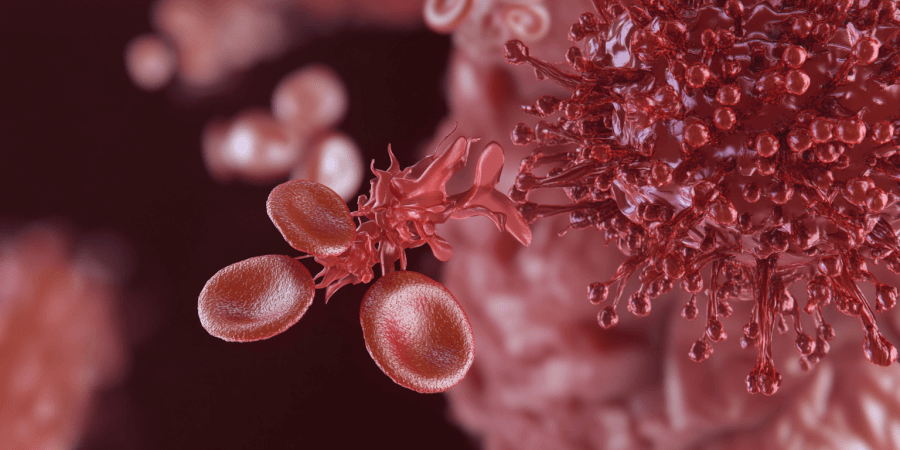Platelets may be tiny cell fragments, but they carry heavyweight responsibility in hemostasis. Whether you’re cramming for the NCLEX or refreshing your clinical know‑how, this concise guide breaks down platelet essentials—numbers, functions, disorders, and nursing priorities—so you can answer test questions and care for patients with confidence.
1. Platelets at a Glance
- What they are: A nuclear cell fragments formed from megakaryocytes in the bone marrow.
- Normal count: 150,000 – 400,000 / μL of blood.
- Life span: Roughly 7–10 days before spleen or liver removal.
2. Why They Matter: Primary Hemostasis
When a vessel wall is injured, platelets:
- Adhere to exposed collagen (via von Willebrand factor).
- Activate and release chemical mediators—ADP, thromboxane A₂—to recruit more platelets.
- Aggregate into a “platelet plug.”
- Provide a phospholipid surface so clotting factors can build a fibrin “cement” that stabilizes the plug.
Memory hook: “Platelet Plug, Fibrin Rug.”
3. Key Numbers NCLEX Loves
| Condition | Count ( / μL ) | Core Risk | Hallmark Findings |
|---|---|---|---|
| Thrombocytopenia | < 150 K | Bleeding | Petechiae, bruising, epistaxis, occult GI bleed |
| Thrombocytosis | > 450 K | Clotting | DVT, PE, stroke‑like symptoms |
4. Spotlight on Two High‑Yield Disorders
ITP – Idiopathic Thrombocytopenic Purpura
- Autoimmune destruction of platelets.
- Treatment: Corticosteroids, IVIG, possible splenectomy.
HIT – Heparin‑Induced Thrombocytopenia
- Platelet‑factor 4 antibodies trigger both low counts and paradoxical clots.
- Action: Stop heparin immediately; start non‑heparin anticoagulant (e.g., argatroban).
5. Nursing Interventions You’ll Be Asked About
For low counts (bleeding risk):
- Use soft‑bristle toothbrushes; avoid IM injections.
- Apply pressure 5 minutes after venipuncture.
- Monitor stool/urine for blood; trend CBCs—> 50 % drop in 48 h is alarming.
For high counts (clotting risk):
- Encourage hydration and early ambulation.
- Assess for unilateral leg swelling, sudden chest pain, neuro changes.
- Low‑dose aspirin may be ordered to reduce platelet “stickiness.”
6. Quick‑Recall Tips
- Normal count: 150–400 K.
- Thrombocytopenia mnemonic: “TINY platelets, BIG bleed.”
- Thrombocytosis mnemonic: “Too MANY platelets, TOO MUCH clot.”
Bottom Line
Platelets patch the hole, rally clotting factors, and keep blood where it belongs. Know the normal values, recognize bleeding versus clotting red flags, and memorize first‑line nursing actions. Master these basics, and you’ll handle any platelet‑related NCLEX question—and real‑world scenario—with ease. Happy studying!






